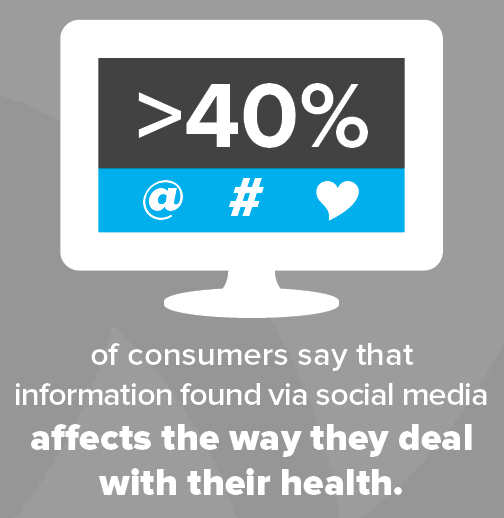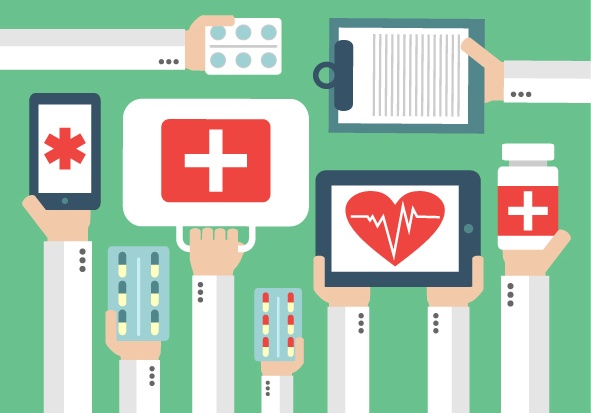We discussed in an earlier post that information found on social media affects the way more than 40% of consumers deal with their health. But did you know that healthcare social media content also helps attract patients to your hospital and encourages them to return in the future?
Patients are increasingly becoming savvy healthcare consumers, shopping for hospitals the way they do other items online. They are looking for a concierge experience that combines the best care, accessible doctors, friendly nurses and amenities like private rooms and hotel-quality food. In patients’ minds, all of those items factor into a positive hospital experience.










